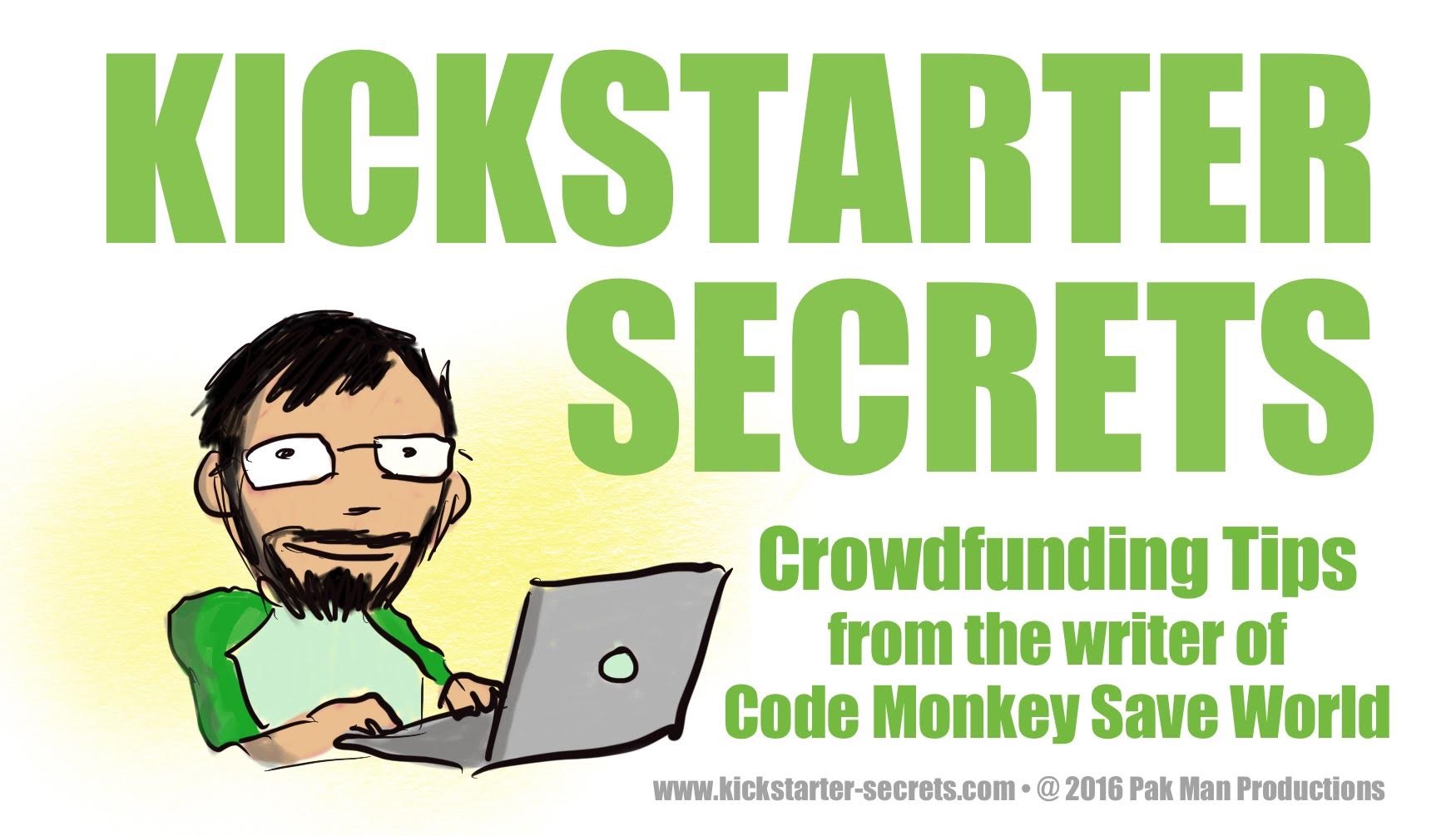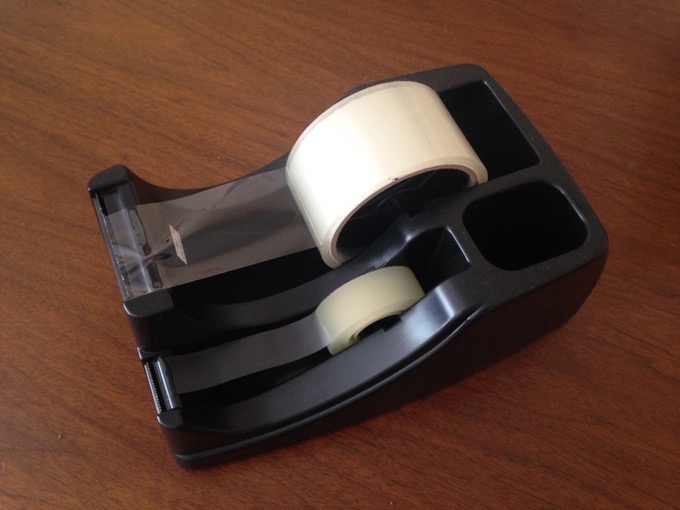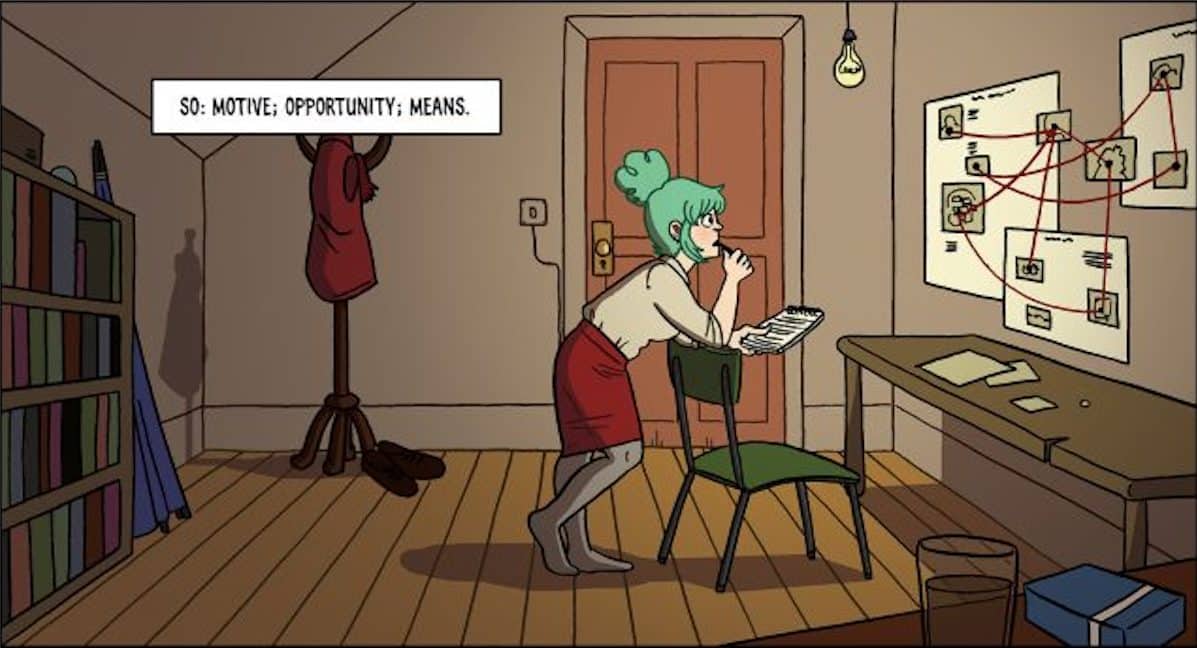
Kickstarter Secrets launched yesterday and is already funded at a very modest $2000 level, but we’re guessing it may go somewhere from there. We’re always eager to dig into nitty gritty process, and Pak was more than willing to answer a few questions about this project and Kickstarter in general. As we recently noted, Kickstarter is now a vital part of indie comics publishing; some projects make it some don’t. Hopefully, Pak’s book will offer some solid advice to get more into the win column.]
THE BEAT: What made a world famous comic book author such as yourself turn to crowdfunding in the first place?
GREG PAK: “World famous”? I’m blushing. ;-)
I love all the work-for-hire projects I take on and I’m very grateful to all the companies that have hired and continue to hire me. But I also have creator-owned projects I’m hungry to get out into the world. Some of those really belong with traditional publishers, and I’m very happy with the creative and logistical support Dark Horse has given my upcoming book Kingsway West, for example. But other projects just make total sense for Kickstarter. My first Kickstarter was Code Monkey Save World, a graphic novel based on the songs of Jonathan Coulton. Given Jonathan’s history as one of the first independent internet superstar musicians, we realized that we had direct access to the folks who would most want that graphic novel. Kickstarter’s tools would let us reach them directly and get the book out into the world in the most efficient way. That book ended up as Kickstarter’s most funded original graphic novel of all time, which absolutely blew our minds and clearly makes it an outlier. But it does confirm that Kickstarter was absolutely the right choice for the project.
And then there are projects like ABC Disgusting, an alphabet book about gross stuff that Tak Miyazawa and I Kickstarted last year. I could have shopped that book traditionally to publishing houses. But the feedback I started getting was that parents wouldn’t want to buy a book about disgusting things for their kids. I knew that was wrong — and Tak had an opening in his schedule right then. So timing played a role, here. I knew I wanted Tak to do the book and we had a window. So we decided to do it as a Kickstarter, and by the end of the year we’d finished the book and shipped almost a thousand copies out into the world.
It’s worth noting that running a Kickstarter to do a publishing project means you’re probably going to spend four to ten times more hours on the project than you would if you were just writing it for someone else. But every time I’ve done it, it’s been a thousand percent worth it.
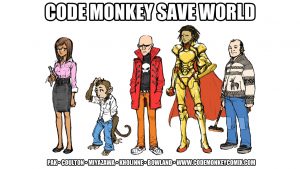
PAK: For up-and-coming creators, Kickstarter helps break that Catch-22 of not being able to get work because you have no work to show. It makes it easier to mobilize whatever small network you have to raise the dollars to complete small projects and start building a reputation and career. For established creators, Kickstarter might be a way to make a dream project that traditional publishers just don’t get or reach an audience traditional publishers aren’t set up to find. Just as importantly, Kickstarter is a great way to reach and build your audience. The tools Kickstarter provides aren’t just there to sell a thing through a one-time transaction. They create a community of backers whom you update about your progress, who go on this journey of making this thing with you. And if you do it right, you end up with a mailing list of happy backers whom you can notify about future projects. That’s solid gold for any creator.
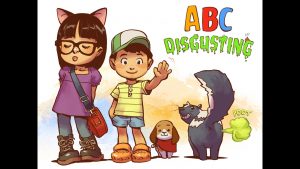
PAK: Total beginners can absolutely be successful on Kickstarter — but as with everyone, the scale of project needs to make sense given the creator’s personal networks and the quality of their existing work. A key chapter in Kickstarter Secrets will dig deep into just these kinds of questions, helping readers figure out if their project makes sense for Kickstarter and their own career at this instant in time and provide suggestions for how to scale things properly if necessary. To get a little specific, unless you have a huge preexisting personal network, I doubt a project with a $20,000 goal makes sense. And if you’re going to pay your collaborators, which you should, it’s very hard to do a graphic novel and deliver it to backers in physical form for less than $40,000. So for brand new creators, coming up with a project you can finish for a much more modest dollar goal may be key. My basic advice, which I’ll expand on in the book, is to develop a project that you’re passionate about doing that has as low as a target goal as you can manage while still paying your collaborators, covering all your costs, and setting enough aside for yourself to make the time to actually get it done. Even established creators need to think through this process carefully. For this very project, for example, I’m applying my own advice and setting my goal for just $2000. This is a book for a pretty niche audience. I think it’s going to be fantastic, but I want to be realistic and set that goal as low as I can while still covering my costs in time and money. We’ll find out soon if I’ve planned this well — and if I goofed it up, I’ll analyze my mistakes for your benefit in Kickstarter Secrets!
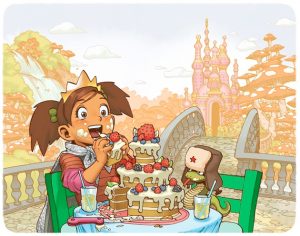
THE BEAT: It looks like your book is very specific about all the hands on aspects of a Kickstarter, little niggling details like mailing costs and piles of books in your living room. Are these aspects of crowdfunding that people neglect a lot?
PAK: I’ve heard so many horror stories about Kickstarter campaigns that underestimated shipping — particularly foreign shipping costs. We’ll provide detailed advice about how to budget shipping costs and how to actually ship rewards safely and affordably, including comparing what it might cost in time and money to ship a given project on your own versus going with a fulfillment house.
But it’s not just shipping — every step in a Kickstarter involves a hundred small decisions. I’ll try to get as specific as I can about every step along the way with concrete examples from my campaigns of how we handled each new question and challenge.
THE BEAT: What are some of the lessons you learned from your two kickstarters. Not to give away the book, but I know when I asked Jimmy Palmiotti about this he said expensive hardcovers aren’t a good reward, for instance.
PAK: Okay, just a few teasers…
Double and triple-check the costs of any rewards and stretch goals you might add, particularly if you’re coming up with them quickly in the heat of the campaign. If you add a special item like a mug, which we did for Code Monkey Save World, make sure you’ve considered how you’re going to ship it, what size boxes you’ll need to use, and how much extra that will cost. I didn’t think it all through and figured out later in the game that shipping packages with mugs would cost considerably more than shipping books or books with t-shirts. We didn’t lose money on the rewards with mugs, but those mug backers definitely got a pretty good deal. ;-)
And budget for time as well as money. Some rewards may seem very easy to add onto the project during the campaign. Ten sketches? Sure! But when you sit down to actually fulfill those sketches, it will take real hours out of your work weeks. Even just handling the email exchanges with backers of a bunch of specialized rewards like these can end up taking multiple hours. That can all be entirely worth it. But be sure you know what you’re in for before you commit.
Also, if you’re going to ship stuff on your own, buy this. Seriously. I love this thing.
THE BEAT: Aside from this new kickstarter kickstarter, will you be turning to KS in the future? What would be the criteria for a crowdfunded project?
PAK: I’m sure I’ll do more Kickstarters down the line. The criteria will shift for me as my career progresses, I’m sure. But I’ve got a bunch of projects I’d like to do in the next couple of decades. Some of them absolutely make sense to pursue with traditional publishers or venues. But with others, I might be able to more efficiently hit my target audience through Kickstarter. On top of that, I like the idea of doing at least one Kickstarter a year in order to keep serving and having fun with the folks who have backed my projects thus far. It’s not just about one project; it’s about nurturing and being nurtured by a great audience over multiple projects.
THE BEAT: It seems that crowdfunding is here to stay, at least in our current society. How do you see this helping comics creators specifically to evolve? I’ve been running so many things about page rates and WFH, but crowdfunding seems to be another leg of the platform.
PAK: Every creator’s going to use crowdfunding in slightly different ways. Some may just use it at the very beginning of their careers to get started — or… kickstarted, if you will. (Sorry.) Others may use it for one huge dream project and never feel the need to return. And others will incorporate it into their ongoing careers as another venue for getting certain kinds of projects out into the world. I think all of the above are fantastic and entirely appropriate. I do think the last category will become increasingly important, though, as more freelance creators find some security in having an outlet for creative work supported directly by readers.


